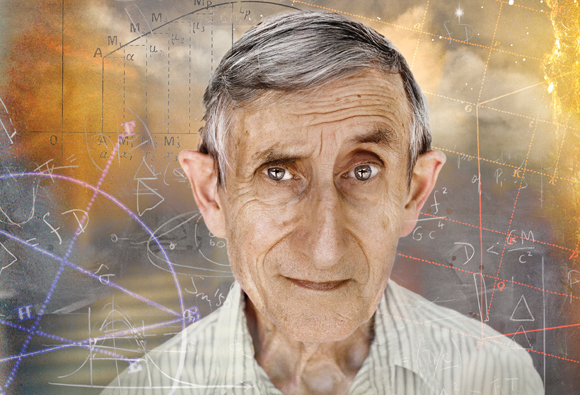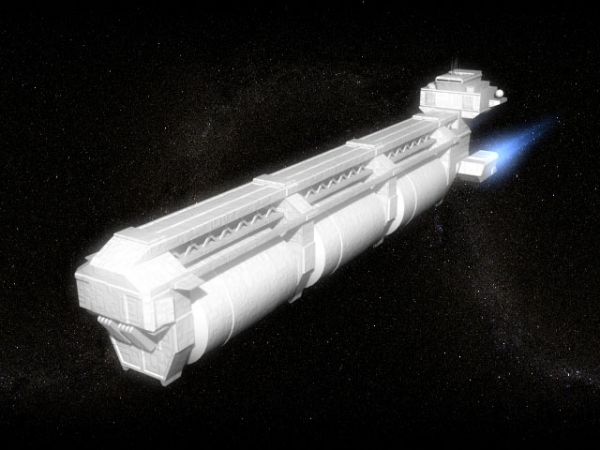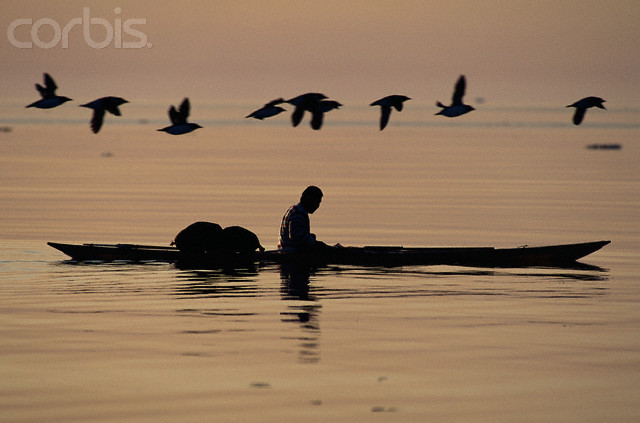
“…how could someone as smart as Freeman Dyson be so dumb?”
The cover story of the December Atlantic is the most fascinating essay I have read in a while — along with being funny, touching and just a delight in terms of sheer prose style. It touches on so many things that are of interest here at MB, including fathers and sons, the need of secular man for some kind of religion, the virtually unlimited capacity of man for self-deception, spaceships, and much more.
Here are a few excerpts:
Many of Dyson’s facts on global warming are wrong, as the scientists who have done actual research on the subject point out, but more disconcerting is the selective way he gathers his information and the peculiar conceptual framework into which he inserts it….
“He’d just disappear,” George Dyson remembers. George was just 5 when his father moved the family west to La Jolla for the Orion work, but he was a watchful child, and it was his impression that the varied challenges of designing the spacecraft only intensified his father’s preternatural powers of concentration. Freeman’s body occupied the chair in his study, but in every other sense, he was gone….
Environmentalism does indeed make a very satisfactory kind of religion…. Freeman Dyson does not have the religion. He has another religion.
“The main point is religious rather than scientific,” he writes, yet never acknowledges that this proposition cuts both ways, never seems to recognize the extent to which his own arguments proceed from faith. Environmentalism worships the wisdom of Nature. Dysonism worships the indomitable ingenuity of Man….
The schism between Freeman and his son, George, began not with any debate about asteroids versus redwoods, but over marijuana…. George had gone over to the other side, joining the secular religion of environmentalism, but his faith was noninstitutional, personal, quixotic. He began designing and building a succession of kayaks that would culminate in his equivalent, or his antidote, to his father’s starship: a giant baidarka, the Mount Fairweather, 48 feet long, the biggest kayak in history, with six manholes for paddlers and an outrigger platform on which a seventh crewman sculled with a sweep oar. In this behemoth, as in his smaller kayaks, George paddled resolutely in the opposite direction from his father, back toward the Stone Age….
How is it possible to misapprehend so profoundly so much about how the real world works? In the space of these few sentences, Dyson has misjudged the desperation of housewives, the dark anarchy in the hearts of kindergarten kids, the efficacy of rules and regulations, and, most problematic of all, the deliberation with which Darwinian evolution shapes the authentic organisms of Creation, assuring the world of plants and animals that make sense in their respective biomes.
Read the whole piece here!

COMMENTS
Leave a Reply

















